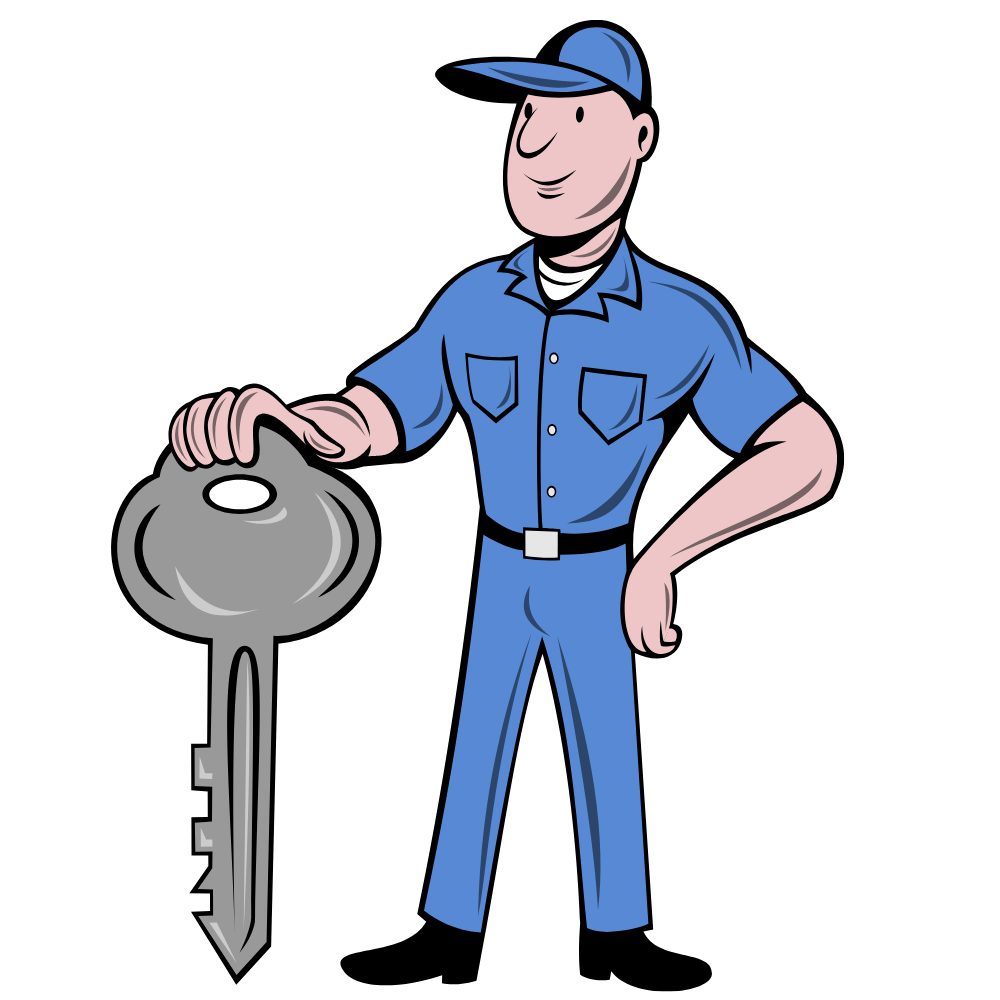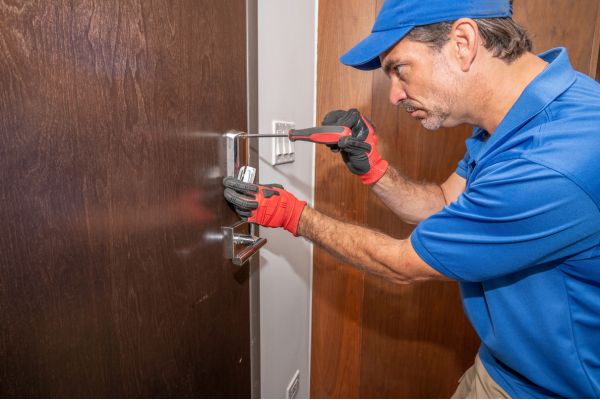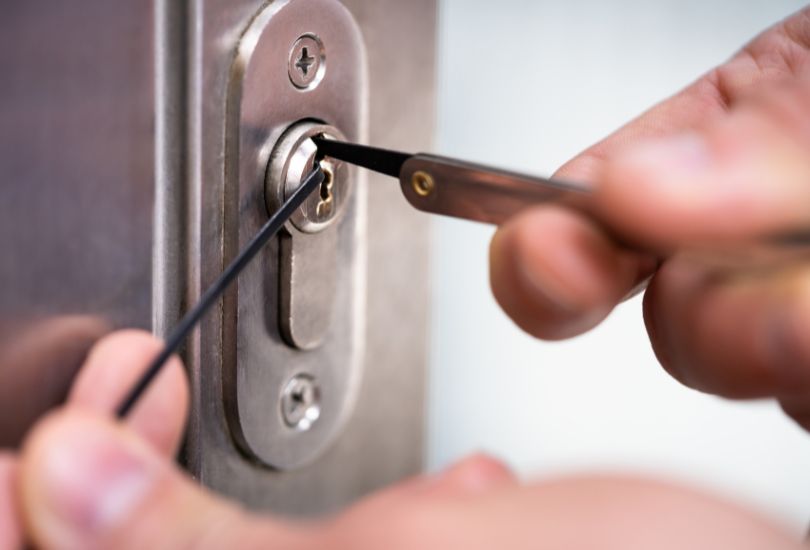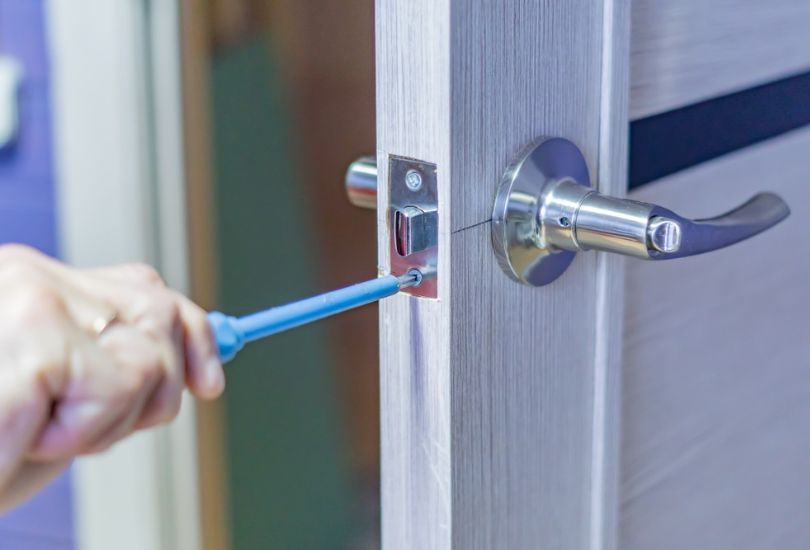For many homeowners, the door lock is a symbol of safety, representing the boundary between the outside world and the personal sanctuary of one’s home. But just like any other household item, door locks aren’t immune to wear, tear, or obsolescence. The longevity of a lock depends on various factors, from its build quality and materials to the frequency of its use and the environment it’s exposed to. While a well-made door lock might serve its purpose for a decade or more, various circumstances might require homeowners to consider replacing door locks earlier. In this guide, we will dive deep into understanding the typical lifespan of door locks and the signs and situations that might necessitate a change. By staying informed, you can ensure your home remains the secure haven it’s meant to be.
Wear and Tear:
Everyday use of our door locks means they are subjected to a consistent amount of wear and tear. Over time, this continuous use can manifest in various ways, indicating that your lock might be nearing the end of its life.
Difficulty Turning the Key:
If you’ve started to notice that it’s becoming harder to turn your key in the lock or if the key gets stuck, this could be a clear sign that the lock’s internal mechanism is wearing down.
Rust and Corrosion:
Visible rust or discoloration on the lock, especially around the keyhole, is a telltale sign that the lock’s integrity might be compromised. Rust can weaken the lock and make it easier to break or pick.
Loose or Wobbly Components:
If the door handle, lock, or even the key itself feels wobbly or loose, it’s a clear indication that parts may be deteriorating or misaligned.
Frequent Key Breakage:
If keys frequently break off or bend while in the lock, it’s a sign of a potential misalignment or wear inside the lock cylinder.
Inconsistent Performance:
If your lock sometimes works smoothly and other times feels sticky or jammed, it indicates inconsistency in its performance and a potential nearing end of its operational life.
Regularly monitoring your locks for these signs can help in early detection of potential failures. By addressing these issues proactively, you can prevent more significant problems in the future, including potential lockouts or security breaches.
Post Break-In Protocols:
Experiencing a break-in can be a traumatic event, shaking one’s sense of security and well-being. Beyond the immediate emotional response, there are crucial steps to take to ensure your safety and to mitigate any further potential risks. Here are the recommended protocols to follow after a break-in:
Contact Law Enforcement:
Before anything else, call the police. They can document the incident, look for evidence, and offer additional guidance on next steps. It’s vital to report the break-in, as this will be required for any insurance claims and might help apprehend the perpetrator.
Avoid Touching Anything:
Preserve the scene for the police. Don’t touch or move anything as it might interfere with evidence collection.
Document Everything:
Take photos of the affected areas, any damaged property, and points of entry. These images can be valuable for both police reports and insurance claims.
Contact Insurance Company:
Notify your homeowner’s or renter’s insurance company about the break-in. They can guide you through the process of making a claim and inform you about the necessary documentation.
Replace or Repair Damaged Locks and Entry Points:
It’s essential to address any compromised security points immediately. This might mean replacing broken windows, repairing doors, or most pertinently, changing out damaged or compromised locks.
Notify Neighbors:
Informing your neighbors can make them aware of potential security threats in the area, prompting them to take precautions. They might also have seen or heard something pertinent to the investigation.
Re-evaluate Home Security:
Consider upgrading your security measures. This might include adding security cameras, a security system, motion detector lights, or more robust locks.
Seek Emotional Support:
A break-in isn’t just a physical invasion; it’s an emotional one too. Talk to someone you trust about the incident. Consider professional counseling if you find it challenging to cope with feelings of vulnerability or fear. Additionally, it’s advisable to upgrade door locks to regain a sense of security and peace of mind in your home.
Being knowledgeable about these protocols can assist you in navigating the aftermath of a break-in, ensuring both your physical security and peace of mind.
Lost Key Scenarios:
Losing a key can be an unsettling experience. A misplaced key not only poses an inconvenience but can also jeopardize the safety of your home or property. Addressing a lost key situation promptly and effectively is crucial. Here’s how to navigate various lost key scenarios:
Immediate Search:
As soon as you realize your key is missing, retrace your steps. Think about the last time you used it and the places you’ve been since. Sometimes, a simple search can resolve the situation without further actions. However, it’s also a good time to consider whether it’s a prudent moment to upgrade door locks for added security.
Contact Any Possible Holders:
If you’ve given spare keys to family members, friends, or neighbors, get in touch with them. They might be able to help you access your property, or they might even have found the missing key.
Evaluate Security Risk:
If you’re confident that you simply misplaced the key inside your home or in a secure location, the urgency decreases. However, if there’s any possibility that someone might have taken it or can link the key to a specific address, it’s crucial to act fast to upgrade door locks.
Change the Locks:
If you believe your lost key could compromise your security, it’s wise to change the locks immediately. Even if you find the missing key later, there’s no way to guarantee it wasn’t duplicated.
Opt for Keyless Systems:
If losing keys becomes a frequent issue, consider switching to a keyless entry system. Modern options like electronic keypads, biometric systems, or smartphone-controlled locks can be both convenient and secure.
Have Spare Keys:
Always have a set of spare keys. After you’ve resolved your lost key situation, make sure to prepare for any future incidents. Give a trusted neighbor, friend, or family member a spare key or consider a secure lockbox.
Stay Calm and Think Clearly:
It’s natural to panic when you can’t find your key. However, keeping a clear head will help you think rationally and remember where you might have left it.
A lost key can be a temporary setback, but with prompt and careful actions, you can ensure the safety of your property and peace of mind.
Lock Malfunctions:
Locks are complex mechanisms, and over time, even the most reliable lock can develop issues. Malfunctions can leave homeowners locked out or, even worse, compromise the security of their homes. Recognizing and understanding common lock malfunctions can help in addressing them promptly. Here’s an overview of typical lock problems and how to handle them, including when it’s time to replace door locks for better security:
Sticking or Jammed Lock:
This is one of the most common issues homeowners face. Dirt, grime, or a buildup of debris inside the lock can cause sticking. In such cases, using a graphite lubricant can help smooth the mechanism. However, refrain from using oil-based lubricants as they can attract more dirt.
Key Won’t Turn:
If your key refuses to turn, it could be due to various reasons – a worn-out key, an internal lock malfunction, or even the wrong key. Ensure you’re using the correct key and that it’s not damaged. If the key looks fine, the problem might lie within the lock cylinder.
Loose Doorknob or Handle:
Over time, the constant turning and use can cause doorknobs or handles to become loose. Regularly checking and tightening screws can prevent this issue. If the problem persists, it might be time for a replacement.
Difficulty in Latching:
If the door lock latch doesn’t catch, the door won’t stay closed. This issue can arise due to misalignment between the door and the frame. Adjusting the strike plate can often resolve this problem.
Frozen Locks:
In colder climates, locks can sometimes freeze, making them hard to operate. Warming the key or using de-icing products can help. It’s essential to be gentle when trying to open a frozen lock to avoid breaking the key inside.
Broken Key Inside the Lock:
If a key breaks off inside the lock, it’s essential not to try and force it out. Using needle-nose pliers or a broken key extractor tool can help. If unsuccessful, it might be time to call a locksmith.
Aging Locks:
Just like any other device, locks have a lifespan. If your lock is old, it’s more susceptible to malfunctions. Regular maintenance can extend its life, but if issues persist, consider a replacement.
Lock malfunctions can be a hassle, but understanding their causes and knowing the appropriate solutions can ensure that your home remains secure. If in doubt or facing a persistent issue, consulting a professional locksmith is always a good idea. When it comes to replace door locks, a locksmith can provide expert guidance and ensure the job is done correctly, further enhancing your home’s security.
Conclusion:
The security and integrity of our homes largely depend on the locks we use. Over time, these locks, just like any other household component, can experience wear, malfunctions, or become outdated. Recognizing the signs of a weakening lock and understanding the scenarios that demand a replacement is crucial for maintaining optimal security. While regular maintenance can prolong the life of your locks, it’s essential to be proactive and make timely decisions about replacing door locks when necessary. After all, in the realm of home security, it’s always better to be safe than sorry. Whether you’re dealing with an aged lock, a post-break-in scenario, or a simple malfunction, staying informed and vigilant is your best defense against potential threats.










